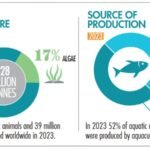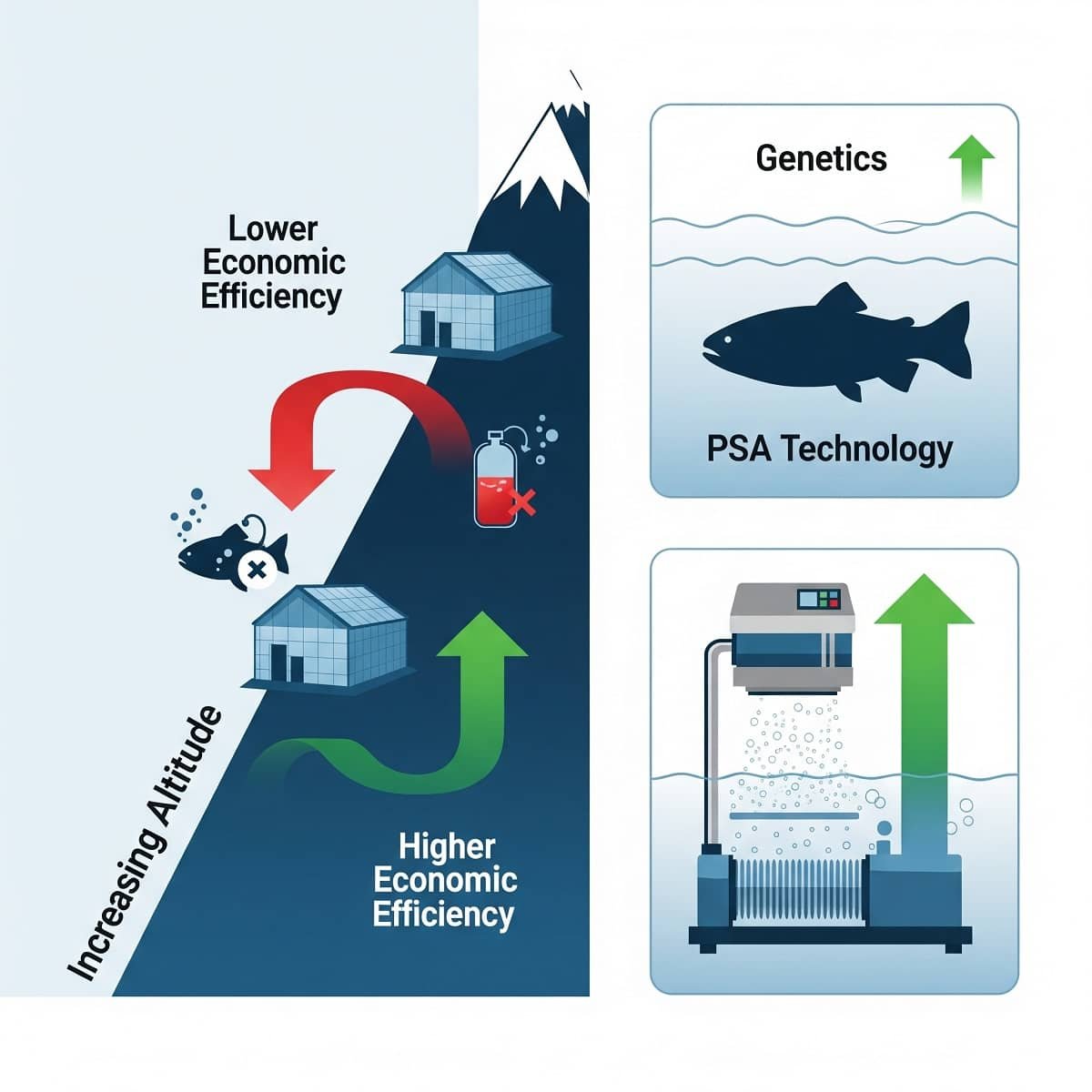Manila, The Philippines (PNA).- The local aquaculture sector rebounded in 2017 from its 6.27-percent drop in 2016, a complete opposite of the entire Philippine fisheries’ performance in the past year.
Philippine aquaculture production rose 1.68 percent from year-ago figures and accounted for more than half of the country’s total fisheries production, which, on the other hand, fell 1.04 percent in 2017.
Data from the Philippine Statistics Authority (PSA) showed aquaculture’s output hit 2.24 million metric tons in 2017, as favorable weather conditions accelerated seaweed harvests in Sulu and Tawi-Tawi provinces in the second semester.
“LGU interventions like distribution of seaweed planting materials and floaters also supported the growth,” PSA said, adding aquaculture had a share of 51.91 percent to total fisheries production.
The PSA data showed reductions in commercial and municipal fisheries’ outputs of 6.89 percent and 1.05 percent, respectively, weighed down aggregate fisheries production in 2017.
Of the major species, round scad and tiger prawn indicated production shortfalls of 11.89 and 6.29 percent, respectively.
But then, more milkfish, tilapia, seaweed, skipjack, and yellowfin tuna were produced during the period, the PSA said.
Stay Always Informed
Join our communities to instantly receive the most important news, reports, and analysis from the aquaculture industry.
The volume of commercial fisheries production reached about 947 thousand metric tons, 6.89 percent lower than that in the previous year.
Less unloading of species was reported in Navotas Fish Port, brought about by frequent rainfall and numerous weather disturbances in the country from May to September, the PSA noted.
The bad weather also constrained fishing operations in the Zamboanga Peninsula, as there was an existing inventory of canned sardines in the third quarter.
Commercial fisheries comprised 21.97 percent of the total fisheries production, the PSA said.
Meanwhile, municipal fisheries production declined by 1.05 percent at 1.13 MT in 2017.
About 85.45 percent of the volume, the PSA said, came from unloadings in municipal fish landing centers, while 14.55 percent was contributed by inland fisheries subsector.
The PSA noted less catch in Western Visayas, as weather disturbances with strong winds and rough seas limited fishing trips in the fourth quarter of 2017.
“Encroachment of commercial fishing boats in municipal waters also affected the first quarter output,” the PSA said.
About 26.12 percent of total fisheries production was contributed by the municipal fisheries subsector.
Editor at the digital magazine AquaHoy. He holds a degree in Aquaculture Biology from the National University of Santa (UNS) and a Master’s degree in Science and Innovation Management from the Polytechnic University of Valencia, with postgraduate diplomas in Business Innovation and Innovation Management. He possesses extensive experience in the aquaculture and fisheries sector, having led the Fisheries Innovation Unit of the National Program for Innovation in Fisheries and Aquaculture (PNIPA). He has served as a senior consultant in technology watch, an innovation project formulator and advisor, and a lecturer at UNS. He is a member of the Peruvian College of Biologists and was recognized by the World Aquaculture Society (WAS) in 2016 for his contribution to aquaculture.



